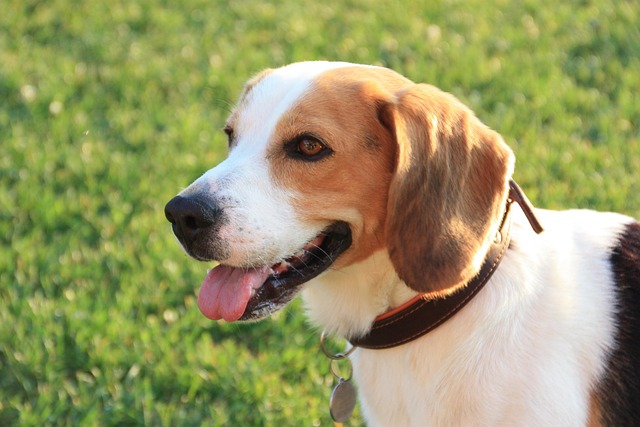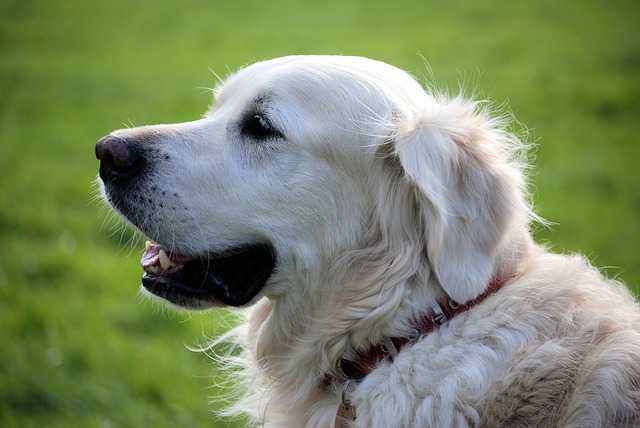When we hear the diagnosis of "hip dysplasia" from the veterinarian and look into the innocent eyes of the dog beside us, our hearts are instantly filled with worry and pity. Hip dysplasia is like a silent "health killer", quietly eroding the dog's mobility and quality of life. As owners, we are eager to know how long the dog troubled by this disease can accompany us. The answer to this question not only involves professional pet medical knowledge but also affects the deep emotional bond between us and the dog. We long to use scientific understanding and endless love to create a warm haven for our sick furry friends, allowing them to shine brightly in their limited lives.
Hip dysplasia is a common hereditary disease in dogs, mainly affecting medium and large dogs, and it occasionally occurs in small dogs. Its pathogenesis is that the hip joint develops abnormally during the growth process, and the acetabulum and the femoral head cannot fit properly, resulting in a decrease in joint stability. As the disease progresses, the joint cartilage wears out, and there is bone hyperplasia, ultimately leading to pain, lameness, and limited mobility. From a medical perspective, there is no fixed standard answer to how long a dog with hip dysplasia can live, and it is affected by a variety of factors.
The severity of the condition is one of the key factors determining the dog's lifespan. For dogs with mild hip dysplasia, they may only show mild lameness and feel uncomfortable only after long-term exercise. If it is detected in a timely manner and effective intervention measures are taken, such as controlling the weight and carrying out appropriate rehabilitation training, their joint function can be well maintained, and their quality of life will not be greatly affected. With the careful care of the owner, these dogs can still have a relatively normal lifespan and spend many happy moments with the owner. Just like a Golden Retriever with mild illness, after the owner strictly controls its diet and insists on taking it for swimming rehabilitation training every day, it can still run happily and enjoy the fun of life, accompanying the owner for more than ten years.
However, for dogs with moderate to severe hip dysplasia, the situation is not optimistic. They may have severe lameness and even be unable to walk normally. The pain torments them all the time, and their appetite and mental state will also be affected. If no active treatment is carried out, as the disease worsens, other complications such as arthritis and muscle atrophy may occur, which will greatly shorten the dog's lifespan. But even in such a difficult situation, as long as the owner does not give up and actively seeks professional treatment options, there may be a turning point for the dog. For example, through hip replacement surgery, some dogs with moderate to severe illness can regain their mobility. Although the surgical process is arduous, when we see them gradually recover after the surgery and run towards us wagging their tails, the joy and touch at that moment are beyond words, and it makes us more convinced that as long as we do not give up, there will be miracles in life.

The treatment method and the owner's care have a crucial impact on the lifespan of dogs with hip dysplasia. In terms of treatment, in addition to surgical treatment, there are also various methods such as drug treatment and physical therapy. Drug treatment is mainly used to relieve pain and inflammation. For example, non-steroidal anti-inflammatory drugs can reduce the dog's pain and make their lives more comfortable. Physical therapy includes massage, hot compress, hydrotherapy, etc., which can promote blood circulation, enhance muscle strength, and delay joint degeneration. And the owner's care runs through the whole process of the dog's treatment and rehabilitation. From controlling the dog's weight to avoid excessive pressure on the joints, to providing a comfortable resting environment to reduce joint wear; from carefully preparing nutritious food to enhance the body's resistance, to patiently accompanying it for rehabilitation training, every detail is related to the dog's health and lifespan. There was an owner who, in order to take care of a dog with hip dysplasia, gets up early every day to prepare a customized nutritious meal for it and insists on taking it for rehabilitation training after work. With the owner's unremitting efforts, the dog's condition is effectively controlled, and its quality of life is significantly improved, spending a long and happy time with the owner.
The dog's own physical quality and psychological state also affect its lifespan. Dogs with good physical fitness and strong resistance often have an advantage in fighting the disease. And the psychological state should not be ignored. A living environment full of love and care can make sick dogs maintain a positive and optimistic attitude. When the dog feels the love and support of the owner, it will have more courage to fight the disease. For example, when the owner soothes the sick dog with gentle strokes and kind words, plays with it, and gives it encouragement, the dog's eyes will glow with new light. This positive psychological state helps them recover better and extend their lifespan.
How long a dog with hip dysplasia can live cannot be simply answered with a number. It depends on various factors such as the severity of the condition, the treatment method, the owner's care, and the dog's own condition. As owners, we cannot change the fact that the dog is sick, but we can use professional knowledge, scientific methods, and endless love to create better living conditions for them. Every careful care, every patient company, and every active treatment reflect our deep love for the dog. We firmly believe that as long as we do not give up, no matter how much time lies ahead, we can create more beautiful memories with our sick furry friends and let their lives shine with a unique brilliance in love and care.






